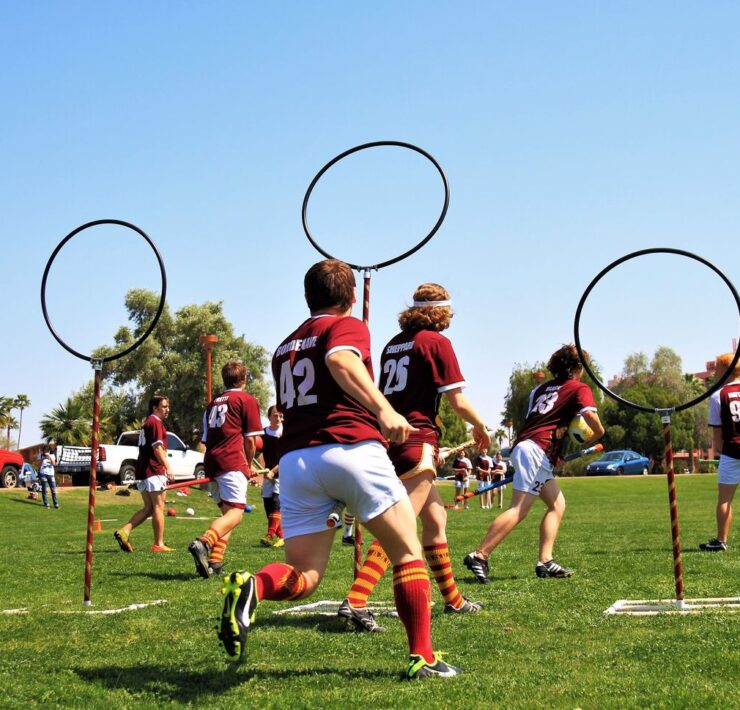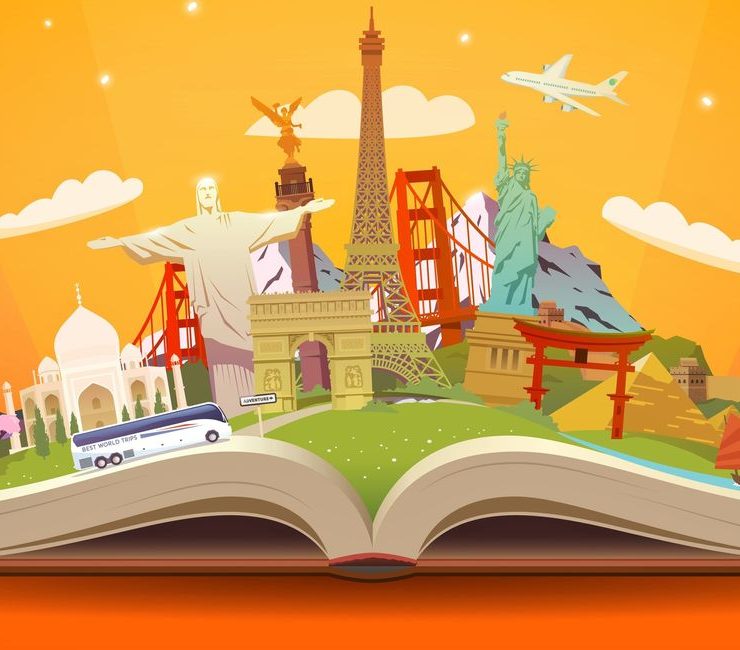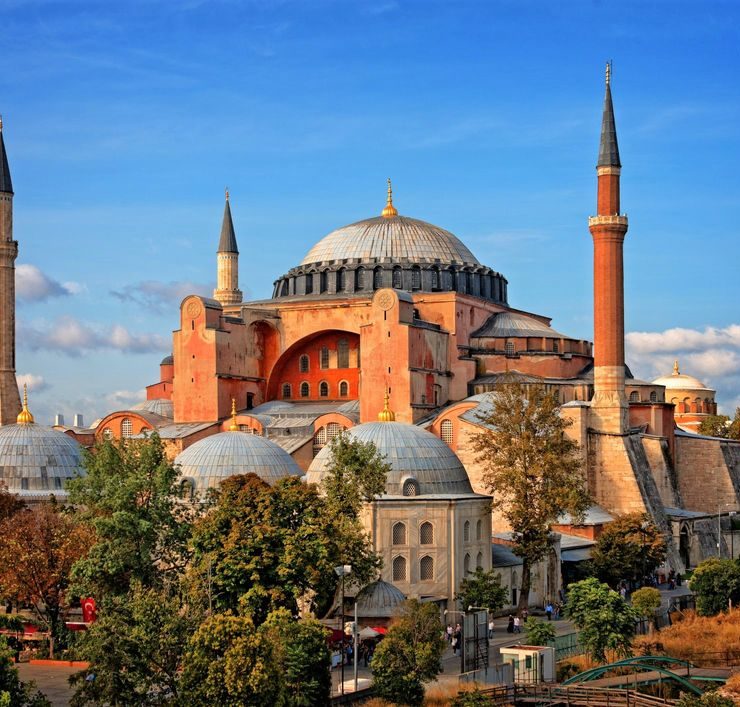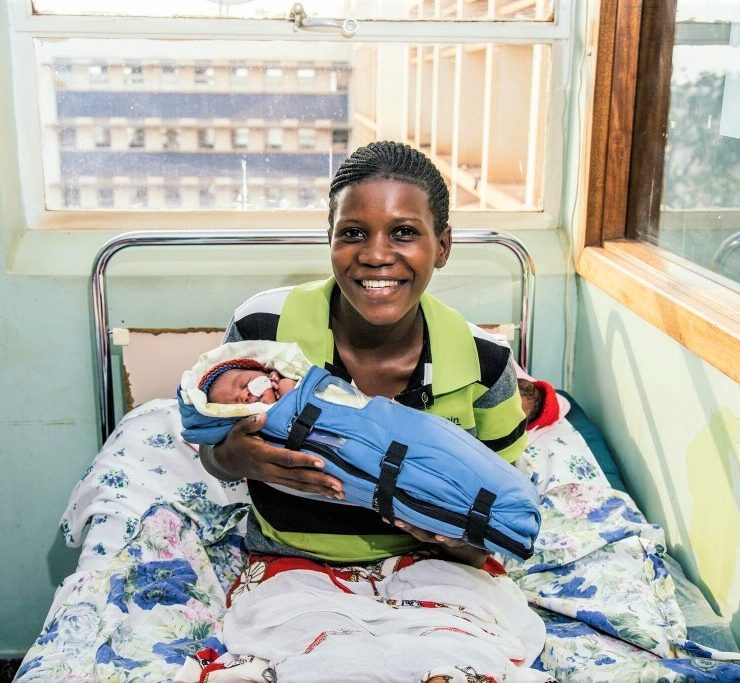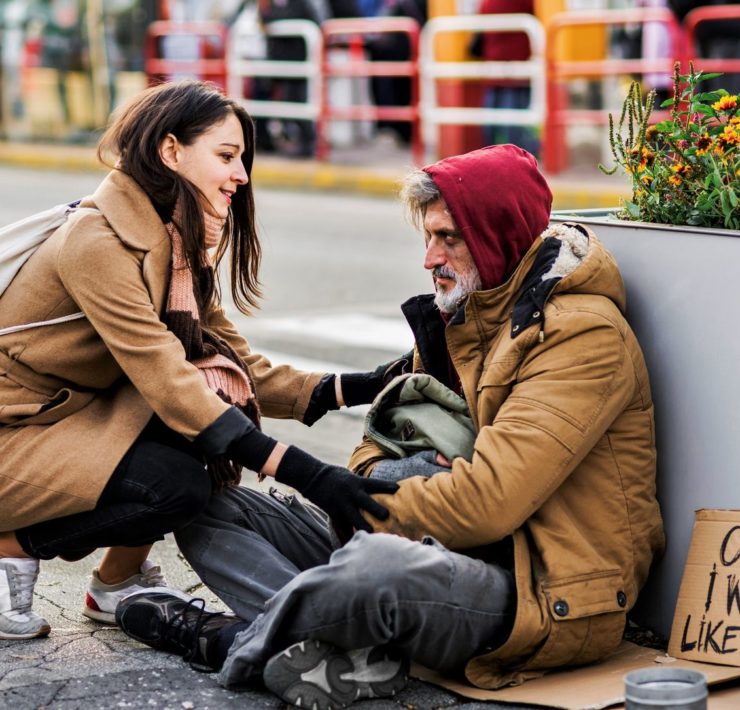20 Vintage Photos that Show What Life was Like in Iran Before the 1979 Revolution
Those who aren’t familiar with how Tehran or the whole country of Iran looks might imagine it as a land with people and culture similar to its neighboring countries in the Middle East. But for those who’ve always thought of Iran as your typical Islamic country, you might be shocked to see its “Westernized” past.
Decades before the 1979 Islamic Revolution, the country was run by King Mohammad Reza Pahvali, more known as the Shah. Besides political restrictions, he turned the whole look of the country and its people 180°, adopting the Western ways from fashion to education.
In the 1960s, the Shah launched programs that included land reforms, the development of commercial and industrial infrastructures, and education. The results were evident during his regime such as the establishment of Tehran’s longest avenue, the Valiasr Avenue, to connect the Pahlavi complexes, including palaces and luxury houses to the city’s railroad station.
Aerial view of Vali Ahd (Valiasr) Square in 1971
Pahlavi Avenue to Vali Ahd Square
Queen Elizabeth Boulevard in 1971
Mixed reactions go along during the time of the Shah – even until now. Some say living in Iran was better before the revolution because basic needs such as flats were affordable for the majority of Iran’s population. Disagreeing opinions point out that only those who are connected to the royal family received benefits.
Delivery camels in Tehran
Street vendor selling cigarettes, gum, candy, and lottery tickets.
A tea-house in Tehran
A tourist souvenir shop with a specialty in hookahs.
The luxury airline Iran Air before the revolution in Mehrabad airport, one of the busiest and most modern airports in Western Asia by the late 1970s.
In the present, gender segregation regulations are enforced in public including schools, sports centers, and in public transportation. However, the segregation rule was dropped during the Shah’s leadership. The veil was banned and the expansion of women’s rights became a part of the reforms. The Westernization from clothing to norms was established among Iranians.
Iranian university students in 1971
Miss Iran 1967, Shahla Vahabzadeh
Rock n’ roll in Tehran in the early 1960s
Shopping in a Tehran department store in 1971
The Shahanshah Mohammad Reza Pahlavi and Shahbanu Farah Pahlavi at a court reception surrounded by the Shah’s ministers of state.
A wedding party
Local magazine covers
Paul McCartney in Iran, 1968
Westernized fashion seen in the streets
In the end, not everyone was pleased with the Shah’s leadership, especially for traditionalists and to those whose beliefs clash with the new laws. Government extravagance, corruption, brutality, and the suppression of human rights have led to the downfall of Pahlavi’s regime and Ayatollah Khomeini took over. Iran later transformed into a traditional Islamic republic.
When On Earth Magazine is for people who love travel. We provide informative travel guides, tips, ideas and advice regarding places to see, things to do, what to taste, and much more for world travelers seeking their next dream vacation destination.

